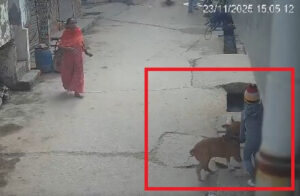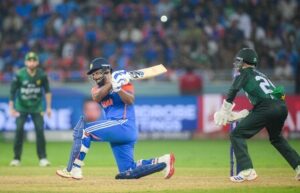300 new faces in 17th LS, 14 lesser than 2014

Parliament Building (Picture Used For Representation)
Parliament Building (Picture Used For Representation)
New Delhi: The 17th Lok Sabha will have 300 first-term members, compared to 314 in 2014, as 197 members of the outgoing House have got re-elected while 54 others were members of previous houses.
According to PRS Legislative Research, which tracks the work of parliament, the average age of members in the new Lok Sabha is 54 years, 394 have at least completed graduation level education and there will be 78 women.
Most MPs have declared political and social work as their occupation.
“Three hundred MPs will be in Lok Sabha for their first term.. From the outgoing Lok Sabha, 197 MPs were re-elected. Further, 45 have been members of earlier Lok Sabhas. This distribution is not very different from the last general election,” a PRS release said.
The 17th Lok Sabha also has a larger number of re-elected members.
According to the PRS statement, 42 percent of the new MPs are aged between 56 to 70 years while only six per cent are above 70 years of age, and 12 per cent are between the age of 25 years to 40 years.
The percentage of MPs aged below 40 years is thus higher than the 16th Lok Sabha which had eight percent, but has steadily declined from 26 percent in the first Lok Sabha.
On an average, women members are six years younger compared to their male counterparts in the 17th Lok Sabha.
With regards to education, 27 per cent of the new MPs have studied till higher secondary, as against 20 per cent in the previous house.
Since 1996, at least 75 percent of representatives of each Lok Sabha have been graduates.
As many as 716 women candidates contested the 2019 Lok Sabha elections, out of which 78 were elected against 62 in 2014.
“The representation of women MPs in Lok Sabha is slowly improving from 5 percent in the 1st Lok Sabha to 14 percent in the 17th Lok Sabha,” the PRS statement said.
Though the percentage of women MPs has increased over the years, it is still lower in comparison to some countries. These include Rwanda (61 per cent), South Africa (43 per cent), UK (32 per cent), USA (24 per cent), and Bangladesh (21 per cent).
When it comes to professional profile, 39 percent of the MPs have listed their occupation as political and social work. While 38 percent are engaged in agricultural activities, 23 percent are businessmen and only four percent are lawyers.
The tally of national parties is 397 – BJP (303), Congress (52) and Trinamool Congress (22). The DMK has the highest number of MPs among state parties at 23 followed by the YSRC Congress at 22.
Published on: May 24, 2019 at 19:12 IST
IANS





